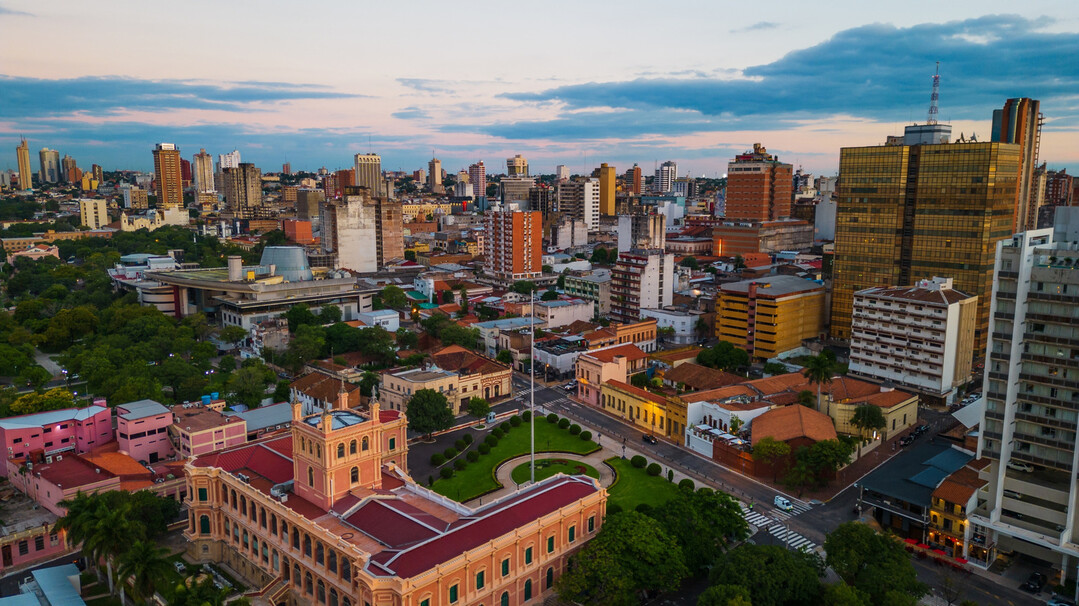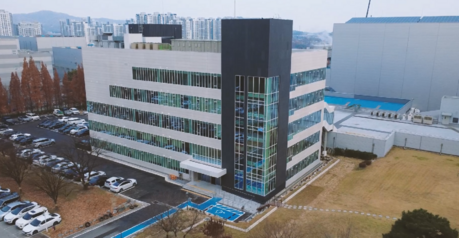
Paraguay, a small nation in South America, harbors a grand ambition to emerge as a technology and innovation hub. This vision is particularly buoyed by the country's abundant and stable source of renewable energy, thanks to the Itaipu Dam located on its border with Brazil. Senior government officials and business leaders are emphasizing how this transformation can become a reality and the benefits it will bring to Paraguay's younger generation.
National Vision for a Technology Hub: Paraguay's 'Plan Nacional TIC 2022-2030'
The Paraguayan government is outlining its blueprint for digital transformation through the 'National Information and Communication Technology (TIC) Plan' for 2022-2030. This plan is built around four strategic pillars: △strengthening digital infrastructure, △national digital transformation, △enhancing the digital ecosystem (especially talent and innovation), and △bolstering cybersecurity. Specific initiatives include providing free internet in public spaces, expanding broadband access for homes and SMEs, establishing national cloud and data centers, introducing electronic IDs, operating open data portals, enhancing digital literacy education, fostering tech-based startups, and promoting fintech. These efforts embody Paraguay's aspiration to become a connected, digitized, and secure nation.
To execute this vision, the Ministry of Information and Communication Technologies (MITIC) is playing a leading role, actively pursuing international collaborations. Recently, Paraguay has been exploring cooperation opportunities with companies like Thailand's SIAM.AI Cloud to attract investment in the AI sector. It is also actively seeking foreign capital, discussing digital and physical infrastructure development, processor manufacturing, AI project support, and data center establishment with major U.S. tech companies such as Google, Nvidia, Asus, and Meta. With Taiwan, cooperation is underway for 3D technology support for textile startups, cybersecurity, and human resource development. Exchanges with South Korea are expanding for government digitalization, 5G technology, and border security enhancement. Collaboration with Japan is also ongoing in the information and communication technology sector.
Itaipu Dam: A Reservoir of Affordable and Abundant Clean Energy
Paraguay's most powerful competitive advantage in its strategy to become a technology hub is the abundant and affordable clean energy from the Itaipu Dam. Jointly managed with Brazil, the Itaipu Dam is one of the world's largest hydroelectric power facilities, and Paraguay holds a vast surplus of electricity, using less than half of its allocated share. As of 2022, Paraguay's dam utilization rate was only about 24%, and the low cost of electricity (US$47 per MWh in 2022) is particularly attractive to energy-intensive data processing, AI development, and cryptocurrency mining companies.
U.S. Senator Marco Rubio recently highlighted the potential of the Itaipu Dam, emphasizing that Paraguay could become a key player in global AI infrastructure given the increasing energy demands of AI. The Itaipu Dam's electricity is also being used to produce green hydrogen, with companies like Atome developing green ammonia production facilities in Paraguay. These clean energy resources form a crucial foundation for Paraguay to emerge as a hub for sustainable digital asset production and management. In fact, negotiations are underway with the Paraguayan government for the establishment of blockchain-based data centers.
Young Talent and Opportunity: The Path to South America's Silicon Valley
The Paraguayan government and business leaders emphasize that the transition to a technology hub will particularly benefit the younger generation. Enhanced digital skills education, support for startup creation, and the attraction of advanced industries are expected to provide new job opportunities for young people and invigorate the national economy. Events like 'Paraguay Tech Week 2025 (PYTW)' bring innovators from across Latin America to Asuncion to discuss key trends such as artificial intelligence, venture capital, growth strategies, talent development, and financial innovation, contributing to Paraguay's positioning as a regional innovation hub.
Of course, for Paraguay to become South America's Silicon Valley, it faces several challenges. According to a World Bank report, issues such as corruption, a lack of affordable long-term financing, a shortage of skilled labor, and power grid stability are cited as infrastructure problems. Additionally, low financial literacy and resistance to change are also areas that need to be overcome. However, Paraguay possesses several strengths, including its strategic location within Mercosur, a wealth of young talent, and a low tax burden. If these opportunities are combined with active government support policies, Paraguay can truly grow into a nation that leads technological innovation in South America.
[Copyright (c) Global Economic Times. All Rights Reserved.]






























